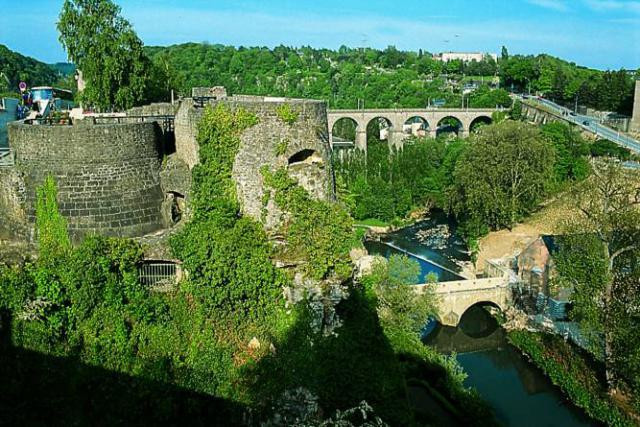Since Thursday, walkers have been able to take advantage of the Unesco promenade, with the help of a multilingual brochure or application, which takes people from Place de la Constitution, by the Pétrusse park and through the Corniche ramparts to cross the old city.
The fortifications of the Old City of Luxembourg have been part of the Unesco Cultural World Heritage since 1994. The remains hark back to a time when Luxembourg was known as the Gibraltar of the north, serving as a strategic fortress under different regimes.
Around 90% of the fortifications were dismantled in 1867 as a condition of the Treaty of London and today the area attracts a different kind of interest in Luxembourg. The casemates, 17 kilometres of underground tunnels, are consistently among the most-visited tourist attractions in the capital while the picturesque ruins are easily among the most-photographed sites in the city. Curious hikers can pick up a self-guided walking brochure in English, French, Luxembourgish, German or Dutch from the Luxembourg City Tourist Office in Place Guillaume II or download one here.
An audio-app can also be downloaded from izi.travel while the UNESCO Promenade, including geolocation, is downloadable under appstore, googleplay, windowsphone store.
Free guided tours
The tourist office is hosting free tours on 17 and 24 June in English at 4pm. To find out more, ask at the tourist office information desk or call 22 08 09.
The city ruins are not the only Luxembourg feature to be listed by Unesco. “The Family of Man” photo collection curated by Edward Steichen has been listed in the Unesco Memory of the World Register since 2003, while the Echternach dancing procession, taking place on Whit Tuesday each year, was recognised as a Unesco intangible cultural heritage in 2010. Meanwhile, the Mullerthal or “Petite Suisse” region has made a bid for Unesco geopark status.
